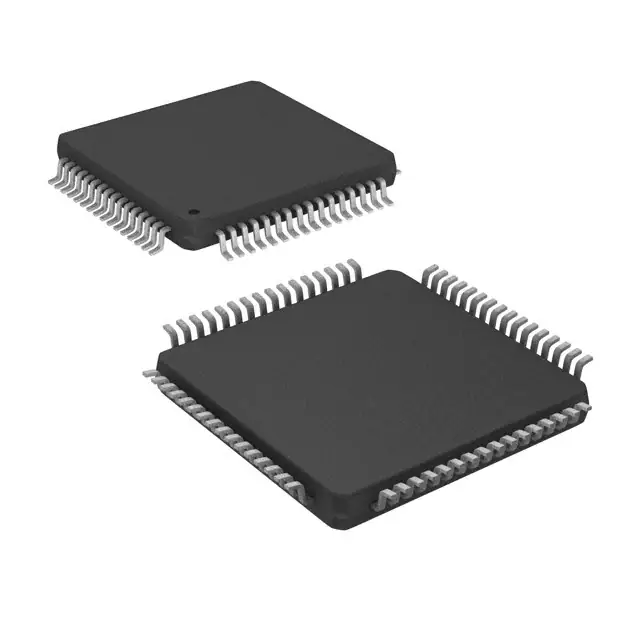Release Date: 08-01, 2024
The TSC2300IPAGR chip, developed by Texas Instruments, is a popular choice for a wide range of applications due to its robust performance and reliability. This analog-to-digital converter (ADC) is renowned for its precision and versatility, making it ideal for various electronic projects. In this guide, we'll explore why the TSC2300IPAGR is a top choice and provide solutions to common problems you might encounter.
The TSC2300IPAGR offers 16-bit resolution, providing precise analog-to-digital conversion. This high resolution ensures accurate measurements and reliable data for your applications, whether you're working with sensors, instrumentation, or communication systems.
Designed with energy efficiency in mind, the TSC2300IPAGR consumes minimal power during operation. This low power consumption is crucial for battery-powered devices and applications where energy efficiency is a priority.
The chip supports a wide input voltage range, making it versatile for various signal types. It can handle signals from different sources without the need for additional conditioning, simplifying the design and integration process.
With a fast conversion rate, the TSC2300IPAGR is capable of processing signals quickly, which is essential for real-time applications. This feature helps ensure that data is captured and processed with minimal delay.
The TSC2300IPAGR includes an internal reference voltage source, which simplifies design and reduces the need for external components. This built-in feature ensures consistent performance and simplifies circuit design.
The chip offers a flexible interface with options for both parallel and serial data output. This versatility allows for easy integration with various microcontrollers and processors, enhancing its adaptability to different systems.
Problem: The ADC provides inaccurate or inconsistent conversion results.
Solution:
Problem: The chip consumes more power than expected.
Solution:
Problem: There are issues with data communication between the ADC and the microcontroller.
Solution:
Problem: The ADC output is affected by noise or interference.
Solution:
Problem: The ADC’s performance varies with temperature changes.
Solution:
Problem: Difficulty integrating the ADC into the circuit or system.
Solution:

The TSC2300IPAGR chip is a top choice for applications requiring high-resolution, low-power analog-to-digital conversion. Its key features, including high resolution, low power consumption, and flexible interfaces, make it a versatile and reliable component for various electronic projects.
By addressing common problems such as inaccurate conversion results, high power consumption, communication issues, and noise interference, you can ensure optimal performance and integration of the TSC2300IPAGR chip in your designs.
For more detailed information or specific troubleshooting support, consult the TSC2300IPAGR datasheet and Texas Instruments’ technical resources. With proper care and attention, this chip will provide accurate and reliable performance for your application needs.